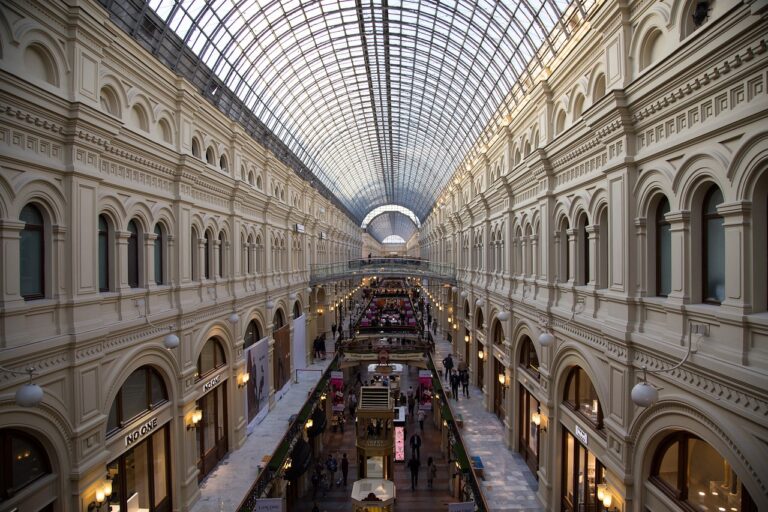Shopping for Home Energy Efficiency: Smart Thermostats, LED Lighting, and Solar Panels
To enhance home energy efficiency, start by assessing the insulation in your house. Properly insulated walls, floors, and attics can prevent heat loss in colder months and keep your home cool in the summer. Consider upgrading to energy-efficient windows and doors to further reduce energy consumption.
Another essential aspect to consider is your heating and cooling systems. Regular maintenance and efficient use of programmable thermostats can significantly impact energy savings. It’s also important to seal any air leaks in your home to prevent drafts and optimize energy efficiency throughout the year.
Choosing the Right Thermostat for Your Home
When it comes to selecting the appropriate thermostat for your home, there are several factors to take into account. Understanding your specific heating and cooling needs is essential in choosing a thermostat that will best suit your preferences and lifestyle. Consider factors such as energy efficiency, programmability, and compatibility with your HVAC system to make an informed decision.
Another important aspect to consider when choosing a thermostat is the level of control and convenience it offers. Smart thermostats have become increasingly popular for their ability to be controlled remotely using a mobile app or through voice commands. This added convenience not only makes it easier to adjust the temperature settings in your home but can also help save on energy costs by allowing you to create customized heating and cooling schedules.
Benefits of Upgrading to LED Lighting
LED lighting has become increasingly popular in homes due to its numerous benefits. One major advantage is its energy efficiency, as LED lights use significantly less electricity compared to traditional incandescent bulbs. This can result in lower energy bills and reduced energy consumption, making it a cost-effective choice for homeowners looking to save money on their utility expenses.
In addition to being energy-efficient, LED lighting also has a longer lifespan than other types of lighting, such as incandescent and fluorescent bulbs. LED lights can last up to 25 times longer, which means fewer replacements are needed over time. This not only saves money on purchasing new bulbs but also reduces waste by decreasing the number of disposed bulbs, making LED lighting a more environmentally friendly option for illuminating your home.
How can upgrading to LED lighting improve my home energy efficiency?
LED lights are more energy efficient than traditional incandescent bulbs, consuming less electricity and lasting longer. This can help lower your energy bills and reduce your carbon footprint.
What should I consider when choosing the right thermostat for my home?
When selecting a thermostat, consider factors such as your heating and cooling needs, budget, and desired features like programmability or smart technology. Make sure to choose a thermostat that is compatible with your HVAC system.
What are some benefits of upgrading to LED lighting?
Upgrading to LED lighting can help save money on energy bills, reduce maintenance costs due to their longer lifespan, improve the quality of lighting in your home, and contribute to a more sustainable environment.







